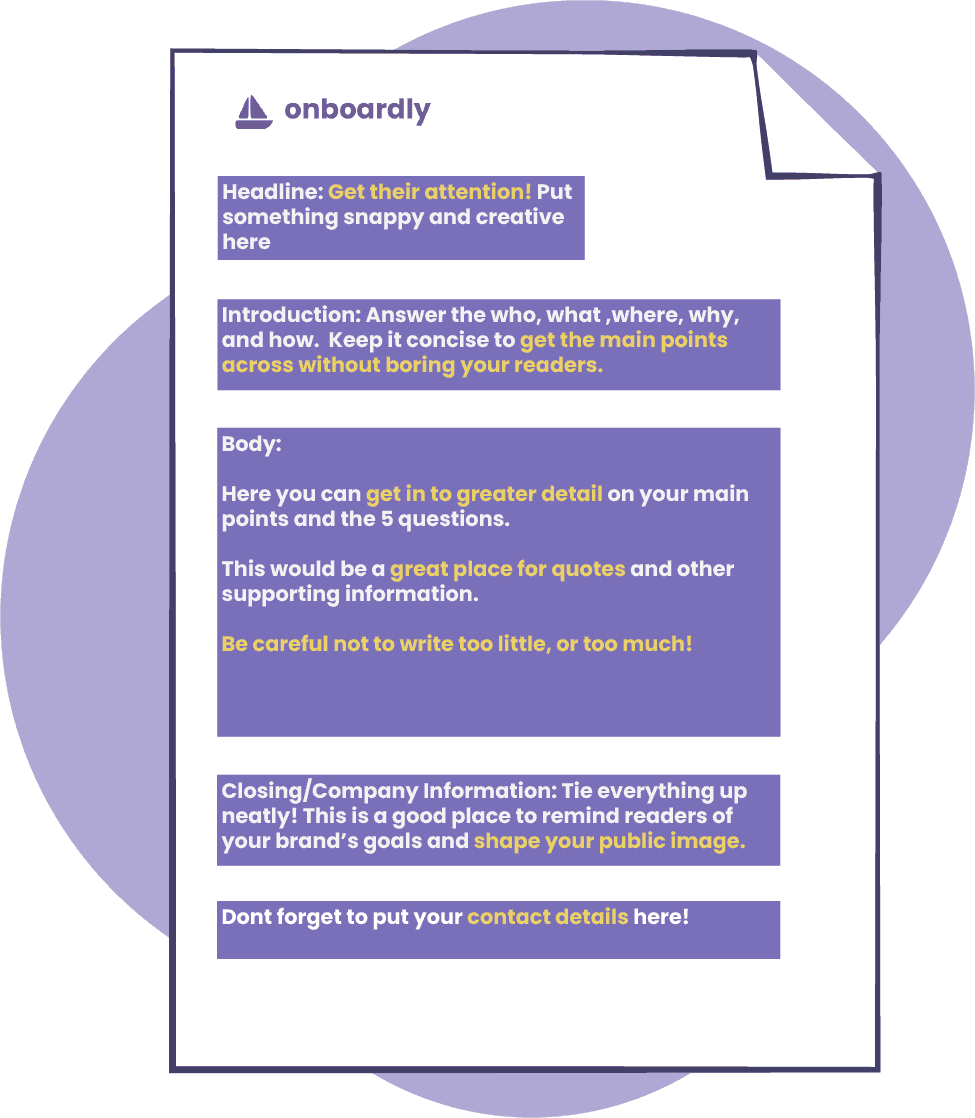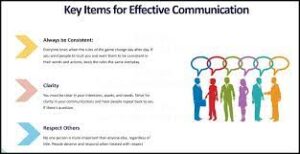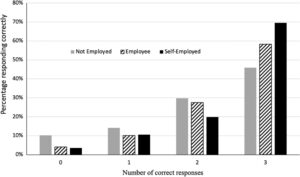Writing a press release is an important tool to spread awareness and build a positive reputation for your business or organization. It is essential to know how to write an effective press release that will be read and shared by the media. A well-crafted press release should have key elements that grab the attention of readers, including a compelling headline, concise body copy, and relevant links.
What is a press release?
A press release is an effective way to get your news out in the public domain. It’s a written communication that introduces a product, service or event and provides the media with pertinent information about it. Writing a press release can be both time-consuming and labor-intensive but ultimately rewarding if you know how to do it correctly.
Step 1: Identify Your Audience
When writing a press release, the first step is to identify your target audience. Knowing who your readers are is essential in creating effective content. Doing research to learn more about the readers’ interests and preferences can help you tailor the message to their needs. Start by asking yourself questions such as: What topics will they be interested in? What language should I use? How can I make sure my press release will appeal to them?
Once you have identified your target audience, you can begin crafting an attention-grabbing headline that will draw them into reading the rest of your press release. Use keywords and phrases that relate specifically to what readers would expect from a story related to this topic. Additionally, consider using statistics or quotes from industry experts for added credibility.
Step 2: Create a Compelling Title
When writing a press release, the title is arguably one of the most important steps. Not only does it need to be interesting and eye-catching, but it also needs to accurately reflect the purpose of the release. It should also include certain keywords that will help readers quickly understand what the article is about.
Creating an effective title can be difficult, so here are some tips to help you get started. First, identify your target audience and focus on what will appeal most to them. Ask yourself how you can make your title stand out from other articles in order for it to grab attention faster.
You can also consider using creative language or puns that may attract more readership. Additionally, consider adding numbers or percentages in your title as this can often increase engagement and curiosity with potential readers.
Step 3: Write for the Media
The key to successful writing for the media is having a clear and concise message that gets straight to the point. You want your content to be informative but also interesting enough to draw in readers and encourage them to read further.
When working on this step, focus on developing succinct yet powerful language that conveys what you’re aiming for without coming across as overly promotional. Additionally, avoid jargon, industry buzzwords and hyperbolic claims as they can cause confusion or come across as disingenuous.
Step 4: Include Key Details
This means providing the reader with detailed information about the topic that you are discussing. It should explain why this story is important, who is involved and when it happened. Be sure to include any quotes from people involved in the story or images that will help illustrate what took place.
Any information provided in your press release should be clear and concise; however, don’t forget to add interesting facts or tidbits that will make your story more appealing to readers. Make sure all of your statements can be backed up with evidence if needed.
Lastly, make sure there are no inaccuracies as this could harm your reputation and cause confusion among readers. By including key details in your press release, you will create an informative piece of content that people can relate to and engage with.
Step 5: Proofread & Edit
Once you have finished the writing process and feel confident in your press release, it is important to take a step back and proofread & edit your work. This will ensure that all information included is accurate and true, as well as make sure any grammar or spelling mistakes are corrected.
It can be helpful to read through the press release out loud, allowing you to pick up on any mistakes more easily. A second pair of eyes can also be useful when it comes to proofreading & editing; having someone else look over your work can help detect anything you may have missed. Be sure to ask for constructive feedback from this person in order for better accuracy and quality assurance throughout the process.
Conclusion
Releasing your press release is the final step on the journey to writing an effective one. Once you have crafted a quality press release, you must make sure that it reaches its intended audience. There are several ways to ensure that your press release finds its way into the hands of those who can use it.
Utilizing a well-known public relations distribution service is one of the most efficient and cost-effective methods for releasing a press release. These services will quickly send out your message to hundreds or thousands of news outlets and websites, allowing you to reach a wide variety of readers.
Alternatively, you can also post your press release online or in print media such as magazines and newspapers. Social media channels such as Facebook and Twitter are also good places to promote your completed piece, as they allow for an increased level of engagement with potential customers and audiences alike.










Be First to Comment